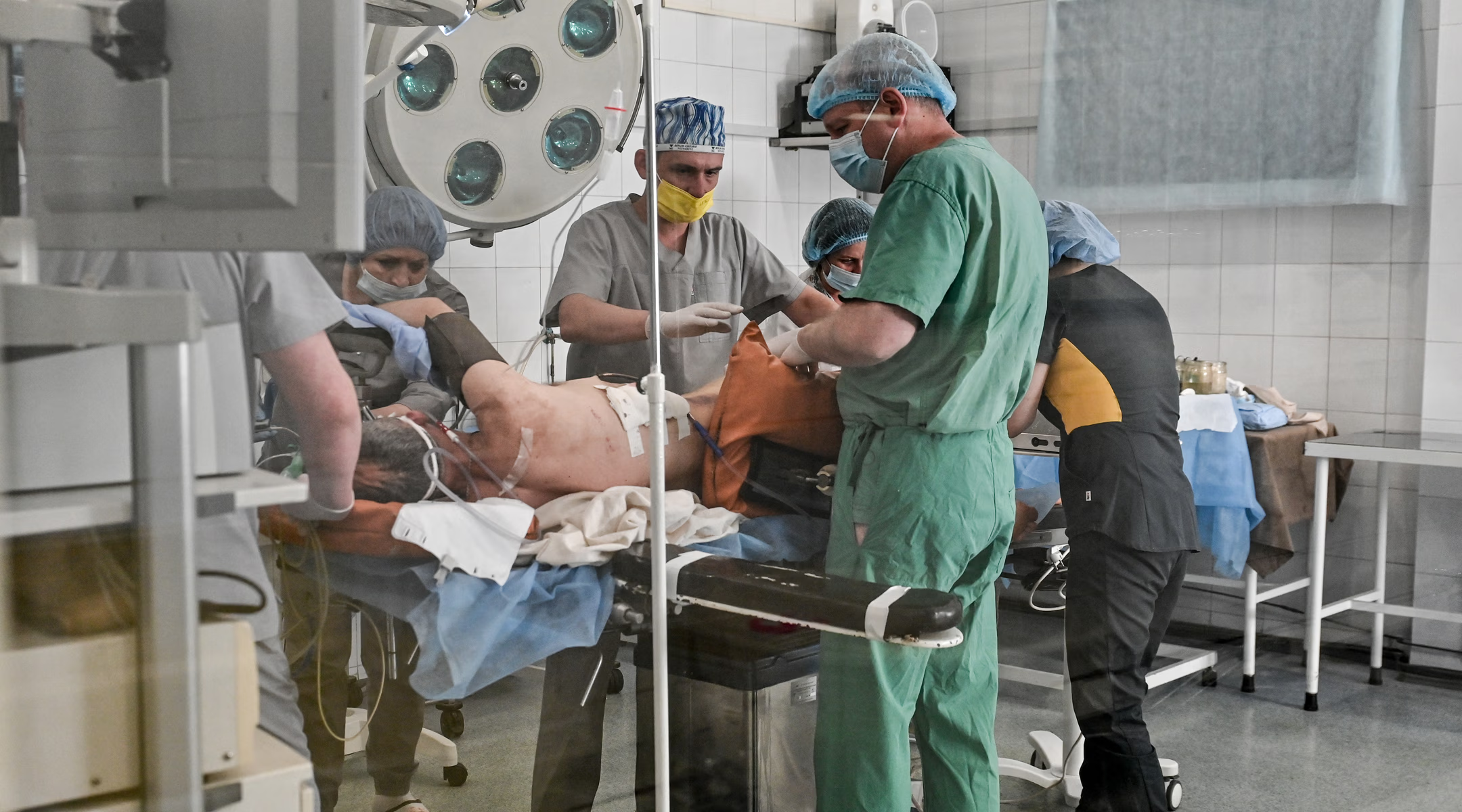The Mechnikov Hospital in the city of Dnipro, eastern Ukraine, traces its history back to the Crimean War of the 1850s, when it treated wounded soldiers.
Today, this medical center in central Ukraine, located just 60 miles from the frontline, plays a critical role in the current war with Russia, where traumatic brain injuries have become a grim routine. With support from American colleagues, Ukrainian neurosurgeons perform cutting-edge operations using advanced equipment.
When Ukrainian soldiers suffer severe head injuries—cases that occur with alarming frequency—this is the hospital they seek to reach as quickly as possible. “At Mechnikov Hospital, the rule is clear: we must begin surgery within the first two hours after a patient is admitted,” says Andriy Syrko, head of neurosurgery, who handles the most complex cases.
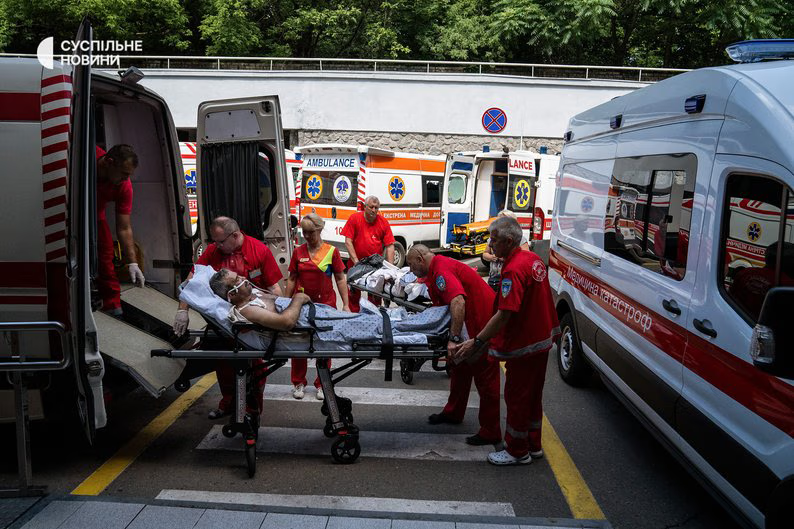
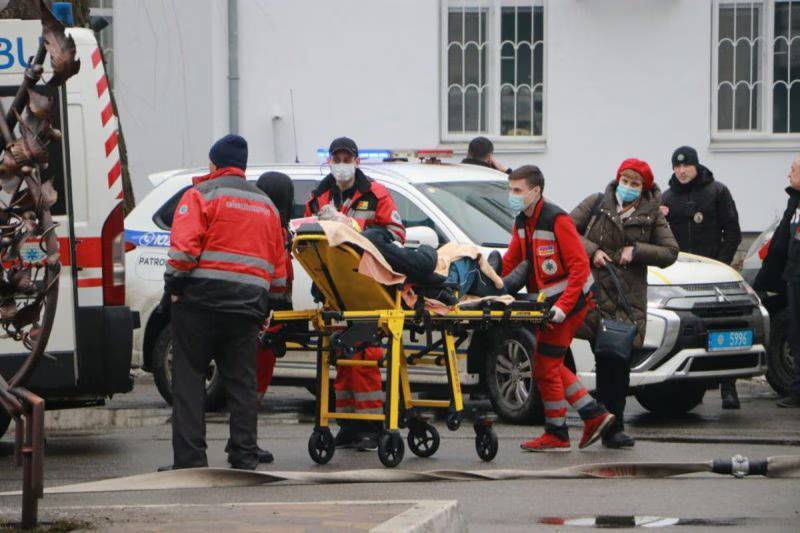
Such speed is beyond reach in many civilian hospitals. Syrko has refined the process by performing around two thousand war-related surgeries since 2014, when Russia first attacked Ukraine. The vast majority of them have come in the last three and a half years since the full-scale invasion began.
The sheer number of wounded and the severity of their injuries have forced his team to find new approaches. Today, most cases are the result of Russian drone strikes. “We introduced a strategy we call early and comprehensive surgery,” he explains from his cramped office.

Admission Department of Mechnikov Hospital
Traditionally, soldiers with multiple brain injuries required several operations on different days: drilling a hole in the skull to reduce pressure, removing bone fragments, and delicate work on damaged blood vessels. At Mechnikov, all of this is done in a single procedure.
“In one operation we perform all stages,” says Syrko. If part of the skull is lost, it is replaced with a titanium frame and fasteners.
Doctors Developed a Method of Early and Comprehensive Surgery
In his office, Andriy Syrko takes out a bag of fragments removed from patients’ brains and pours them onto the table.
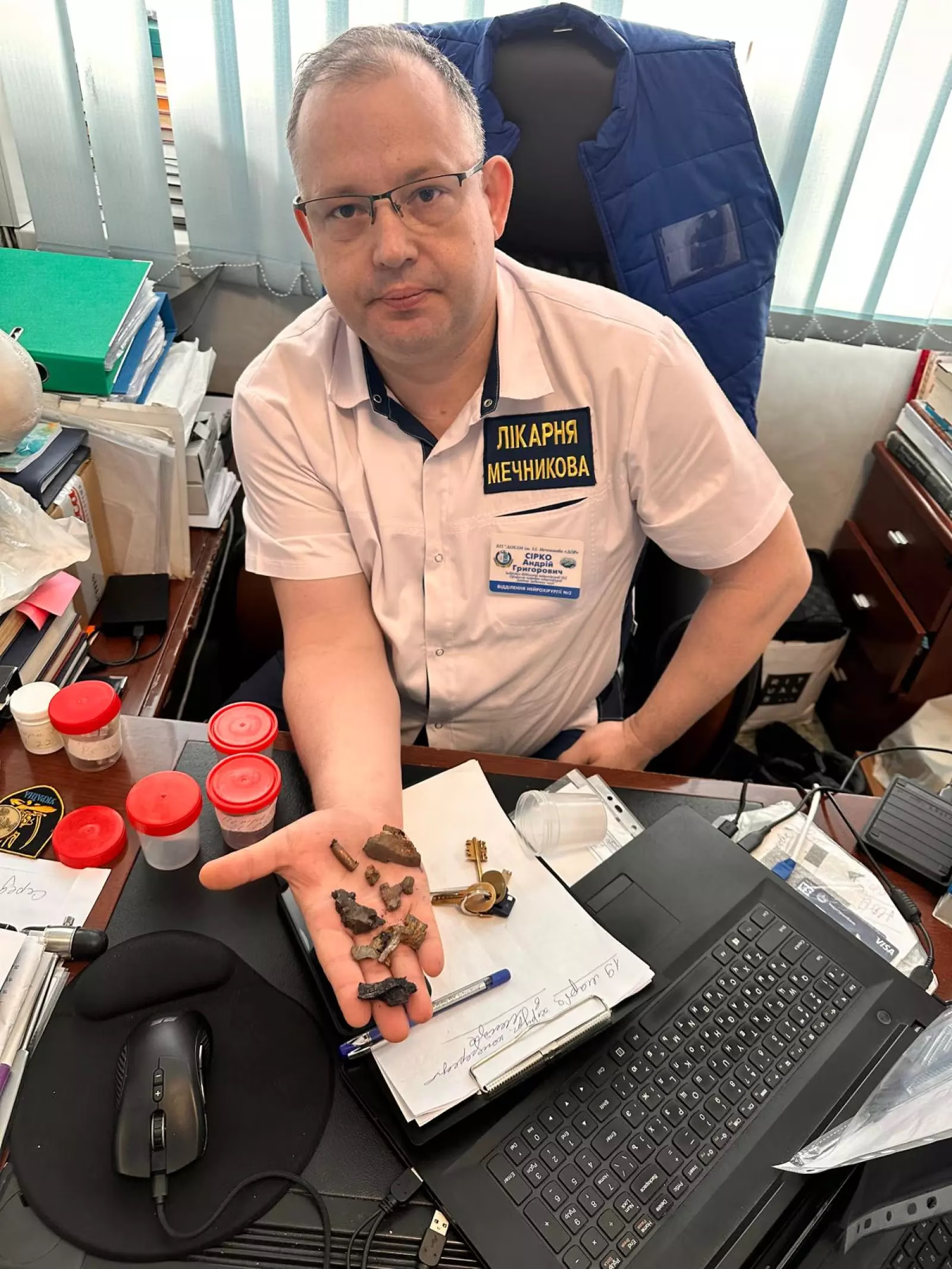
Dr. Syrko shows fragments of Russian munitions that he has removed from his patients’ brains.
An olive-green piece of metal the size of a credit card bears a clearly visible serial number. The patient from whose head it was removed survived and is in relatively good condition, the doctor notes.
Then he shows a tiny metallic pellet the size of a pea. That patient died. “War is unpredictable,” Syrko says.
Outside his office, patients and their relatives crowd the corridor, waiting for consultations. Six more surgeries are scheduled for him this week.
Proximity to the Frontline Aids Survival but Puts the Hospital at Risk
Being close to the front allows these surgeries to be performed the same day a soldier or civilian is wounded. But making that possible is becoming increasingly difficult.
A decade ago, the wounded could be flown to the hospital by helicopter. Now that is impossible—aircraft are too vulnerable to Russian attacks. Russia also uses drones to strike vehicles, forcing evacuations to be delayed until night, when the road from the front to the hospital is considered relatively safer.
The hospital itself is not fully protected. In October last year, a Russian missile struck right outside its gates, shattering windows and filling the building, inside and out, with a cloud of dust and debris.
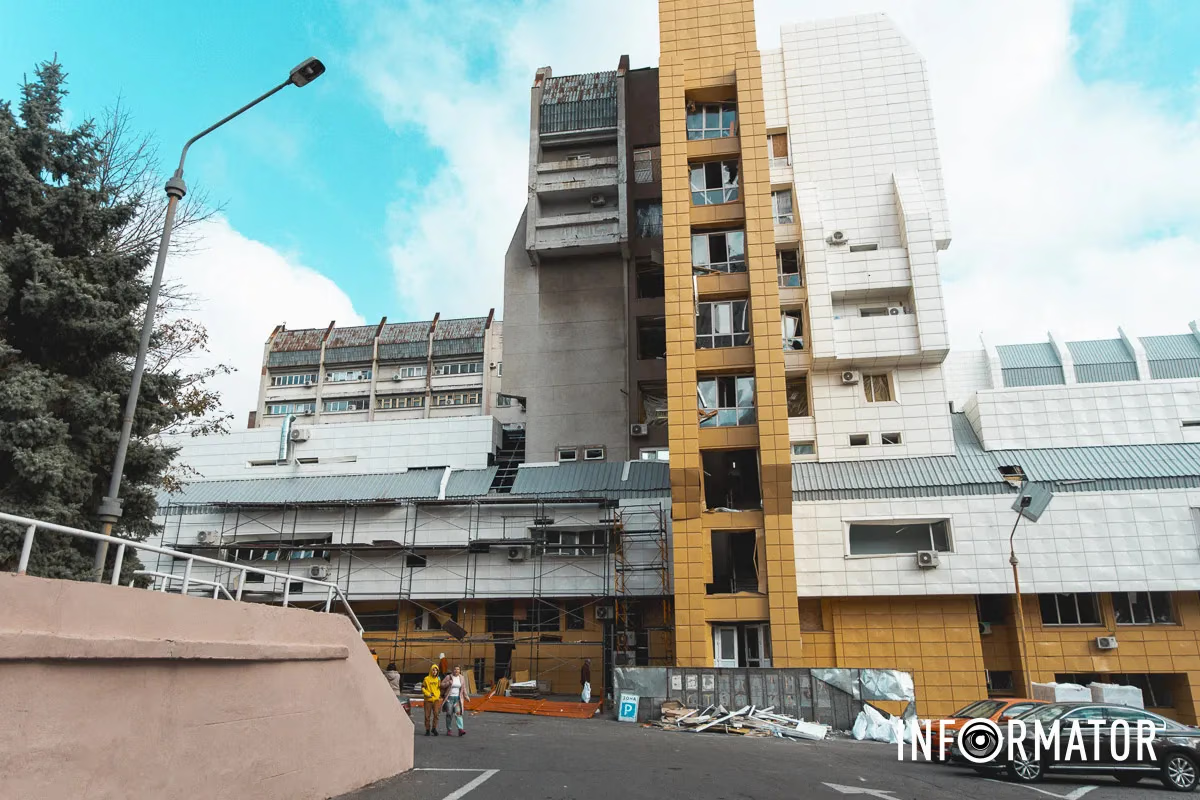
On the night of October 26, 2024, Mechnikov Hospital in Dnipro was damaged in a Russian strike.
At that moment, Andrii Syrko’s 27-year-old son, neurosurgeon Bohdan Syrko, was operating on a wounded civilian. “It was a big bomb. I heard the air whistle. I had never felt anything like that before,” he recalls. “When I opened my eyes, I thought: ‘Well, maybe I’m dead.’”
The blast knocked down one of the nurses, but everyone survived—and the surgery was successfully completed.
The Region’s Oldest Hospital Has Become the Main Neurosurgery Center During the War
This hospital in Dnipro was founded in 1798. Today it is a sprawling complex of buildings, one of which—still in use—once treated wounded Russian soldiers during the Crimean War, which ended in 1856 with Russia’s defeat by Britain, France, and the Ottoman Empire. At that time, the region was part of the Russian Empire.
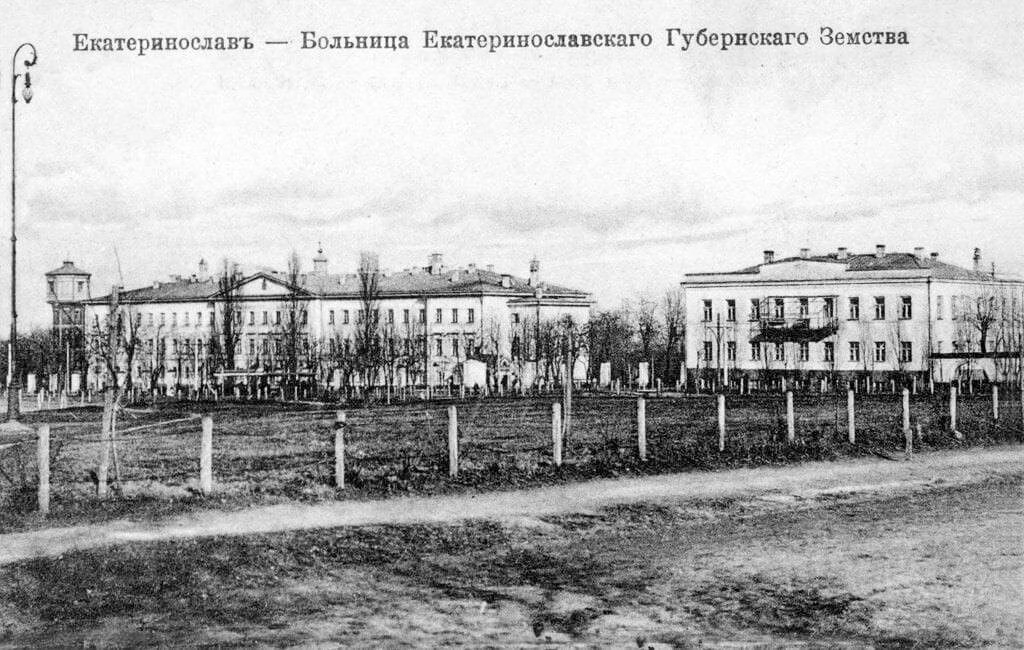
The hospital’s main building. 1800.

Backyard. 1802.

The hospital’s oldest building today.
A walk through its overcrowded corridors feels like a journey back to the Soviet era. The dominant colors are dull gray and faded brown. Chairs are scarce and worn down to the frame. The elevator groans as it struggles to climb to the next floor.
But step into the operating room, and the picture changes. “I was struck by the fact that they actually have more capabilities here than we had in Iraq and Afghanistan,” says Rocco Armonda, an American neurosurgeon and retired U.S. Army colonel who spent more than a decade serving in the Middle East and at the Walter Reed National Military Medical Center outside Washington.
Over years of U.S. wars, he performed hundreds of operations on traumatic brain injuries and developed new surgical techniques. He describes Mechnikov Hospital as “like moving Walter Reed an hour’s drive from the front line. They are so close to the fighting and doing remarkable, heroic work. To put it in perspective: two days in Ukraine are the equivalent of the worst month we ever had in Iraq.”
Armonda, now practicing at Georgetown University Hospital, has traveled to Dnipro three times over the past two years. He assists in surgeries, brings essential medical supplies, and helped secure equipment worth several million dollars for the hospital.
Among the equipment received are an angiograph, which provides ultra-high-resolution imaging of brain vessels, and advanced surgical microscopes.
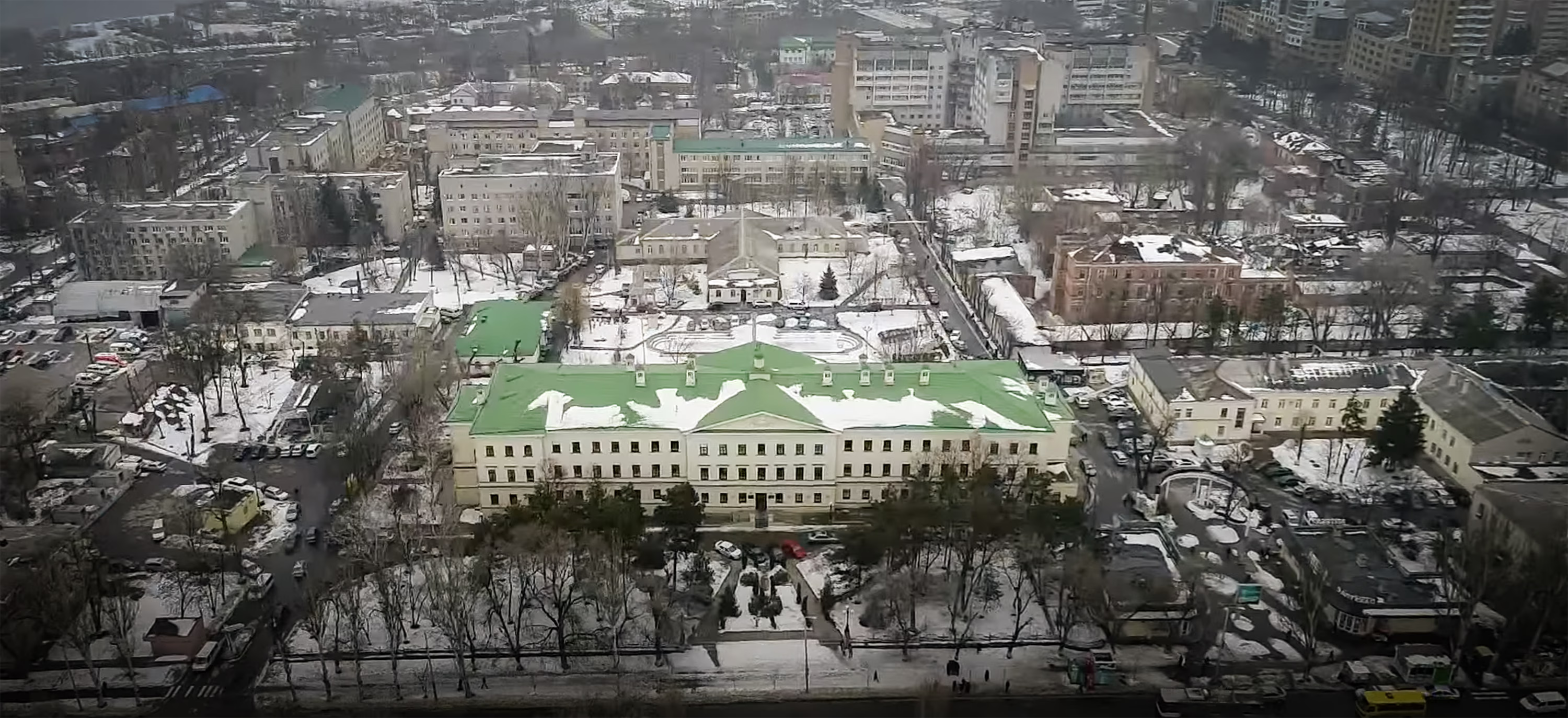
Mechnikov Hospital grounds.
What impressed Rocco Armonda most was what Ukrainian doctors had learned remotely from their American colleagues and through their own wartime experience. “They went further. They took devices we used to treat aneurysms in civilian patients and began applying them to battlefield injuries,” he said. “These technologies have become far more advanced over the 20 years since our campaigns in Iraq and Afghanistan.”
“In the end,” he added, “I was teaching them something. But I think I learned much more than I taught.”
